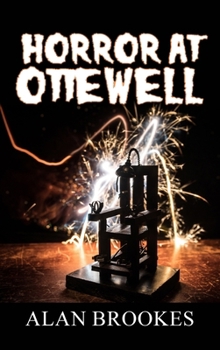Horror at Ottewell
At the top of Hobs Hole Hill, perched upon the rubble walls of an old priory, the Victorian engineers built 'Cloisters Sanatorium and Lunatic Asylum'. The sprawling 150 acre estate is situated close to the isolated village of Ottewell, a hamlet mentioned in King William the Conqueror's 1000 year-old Domesday Book. After a few short years of its ill-omened existence, the institution's name was changed to 'Ottewell Mental Hospital' to reflect its location. Here on branches of cedar trees, turtle doves nestle on hardwood, perpetually seasoned by blistering summers and the harshest of winters. The doves' cooing sends out a reassuring, calming signal that emphasizes the tranquillity and seclusion of Hobs Hole Hill. Modern backpacking hikers don't venture anywhere near Ottewell. They don't dare. Any textbook describing the delights of rambling conveniently ignores the mention of the public footpaths that cross the site of the old asylum. Today, Ottewell's ruins are covered in vegetation, hiding the atrocities that occurred during the 150 years the old 'Loony Bin' stood uneasily on the summit of Hobs Hole Hill. An evening stroll under the cedar trees by an unassuming casual visitor, unaware of Ottewell's notorious history, would be befuddled by moonlit breezes, echoing screams and howls of anguish from where the main block wards once stood. Dig in the soil that now propagates brambles and wild flowers and traces of patients' blood and ashes of stillborn babies will be found in perpetual evidence of the Horror at Ottewell.





